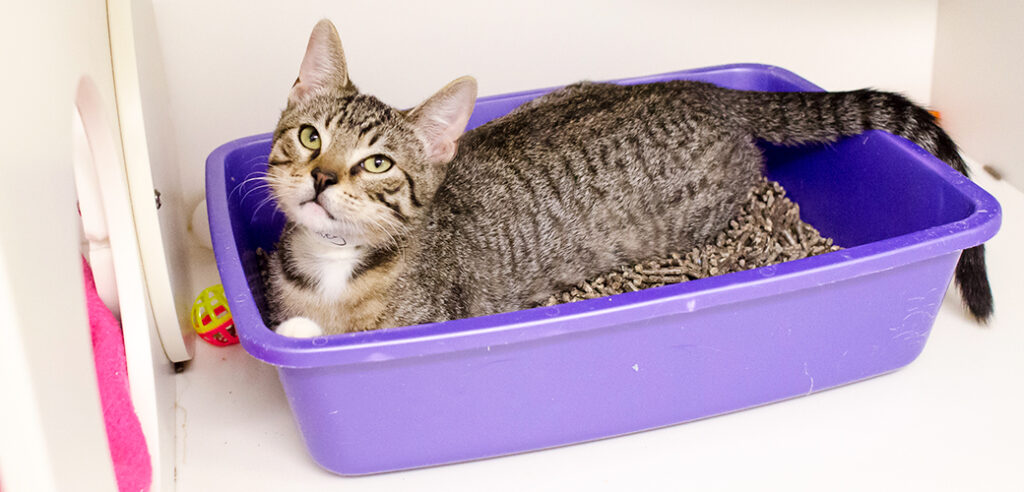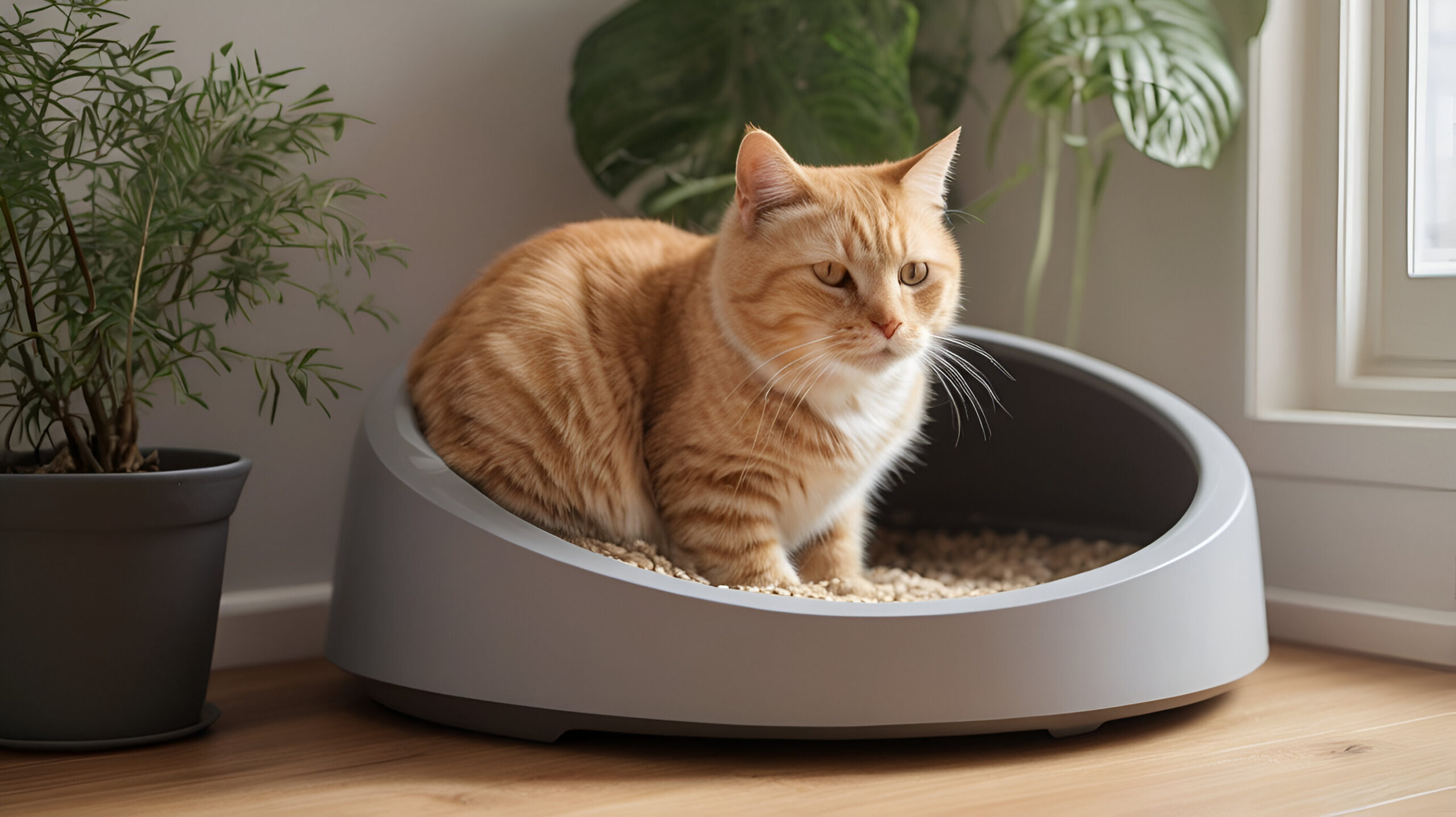Training your cat to use a litter box is an essential part of building a comfortable and hygienic environment for both of you. While cats instinctively bury their waste, they may need guidance to develop consistent habits. With the right approach, you can make the process smooth and stress-free. This guide covers everything you need to know to help your feline friend adjust to their litter box with ease.

1. Choosing the Right Litter Box and Litter Type
The first step in successful litter box training is selecting the right equipment. Here’s what to consider:
- Size Matters: Choose a litter box that’s large enough for your cat to move around comfortably. A good rule of thumb is to pick a box that’s at least 1.5 times the length of your cat. Kittens may need a smaller box initially, but be prepared to upgrade as they grow.
- Open vs. Covered: Open litter boxes are generally preferred by cats because they provide easy access and better ventilation. Covered boxes can help contain odors and litter scatter, but some cats may feel confined or trapped in them.
- Litter Type: Cats can be picky about litter. Clumping litter is popular because it’s easy to clean, but some cats prefer non-clumping, silica, or even natural options like pine or corn-based litter. Experiment with a few types to see what your cat likes best.
2. Where to Place the Litter Box
Location is key to encouraging your cat to use the litter box consistently. Follow these tips:
- Quiet and Accessible: Place the litter box in a quiet, low-traffic area where your cat feels safe. Avoid noisy appliances like washing machines or dryers, as the sounds can scare them.
- Multiple Boxes for Multiple Cats: If you have more than one cat, provide one litter box per cat, plus an extra. This prevents territorial disputes and ensures each cat has access to a clean box.
- Avoid Food and Water Areas: Cats instinctively avoid eliminating near their food and water. Keep the litter box in a separate area to respect their natural instincts.
3. How to Train Your Cat to Use the Litter Box
Most cats instinctively know how to use a litter box, but some may need a little guidance, especially kittens or rescued cats. Here’s how to help:
- Introduce the Box Early: Place your cat in the litter box after meals, naps, or play sessions. Gently scratch the litter with your finger to show them what to do.
- Positive Reinforcement: Praise your cat or offer a treat when they use the box correctly. Avoid punishment for accidents, as it can create anxiety and make the problem worse.
- Be Patient: Some cats may take a few days to get the hang of it. Consistency and patience are key.
4. Troubleshooting Common Litter Box Problems

Even with the best setup, issues can arise. Here’s how to address common problems:
- Accidents Outside the Box: If your cat is eliminating outside the box, it could be due to stress, a dirty box, or a medical issue. Ensure the box is clean, and consider consulting a vet to rule out health problems.
- Refusal to Use the Box: If your cat avoids the litter box, try changing the type of litter, moving the box to a new location, or switching to a larger or uncovered box. Stressors like new pets or changes in the household can also cause avoidance.
- Litter Scatter: To minimize mess, use a litter mat outside the box or opt for a high-sided or covered box. Some cats are just messy, so regular sweeping may be necessary.
- Odor Control: Scoop the box daily and change the litter completely once a week. Baking soda or odor-neutralizing litter can help keep smells at bay.
5. Additional Tips for Success

- Keep It Clean: Cats are clean animals and may avoid a dirty litter box. Scoop waste daily and wash the box with mild soap and water during litter changes.
- Monitor Your Cat’s Health: Changes in litter box habits can signal health issues like urinary tract infections or kidney problems. If you notice frequent accidents, straining, or unusual behavior, consult your vet.
- Be Mindful of Stress: Cats are sensitive to changes in their environment. Moving to a new home, introducing a new pet, or even rearranging furniture can cause stress-related litter box issues. Provide a calm, stable environment to help your cat feel secure.
Final Thoughts
Litter box training doesn’t have to be a daunting task. By choosing the right equipment, placing the box in an ideal location, and understanding your cat’s needs, you can create a positive experience for both of you. Remember, patience and consistency are your best tools. With a little effort, your cat will be using the litter box like a pro in no time!
By following these tips, you’ll not only solve common litter box problems but also strengthen the bond with your feline companion. Happy training!

[…] The Complete Guide to Litter Box Training: Tips for a Stress-Free Experience […]